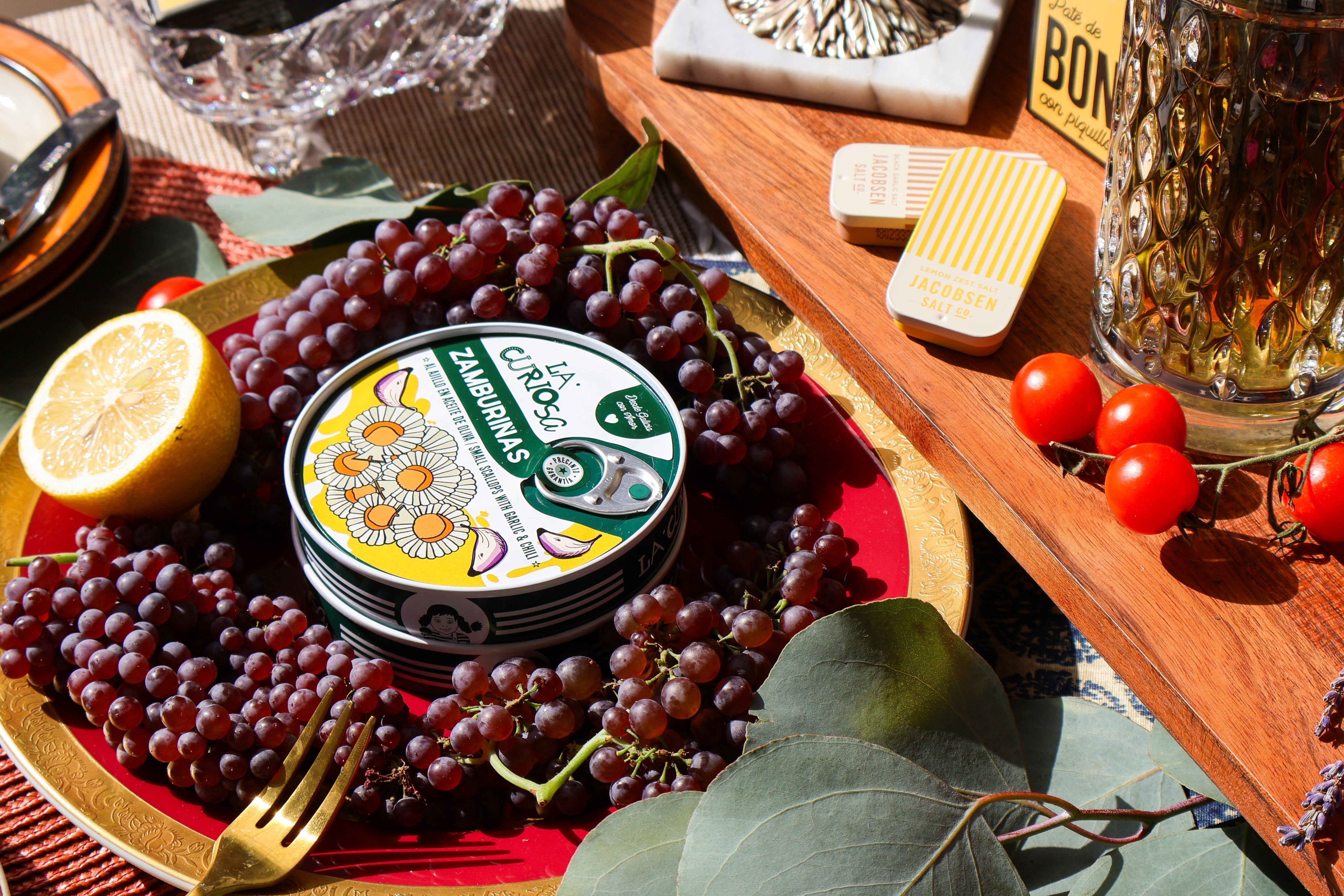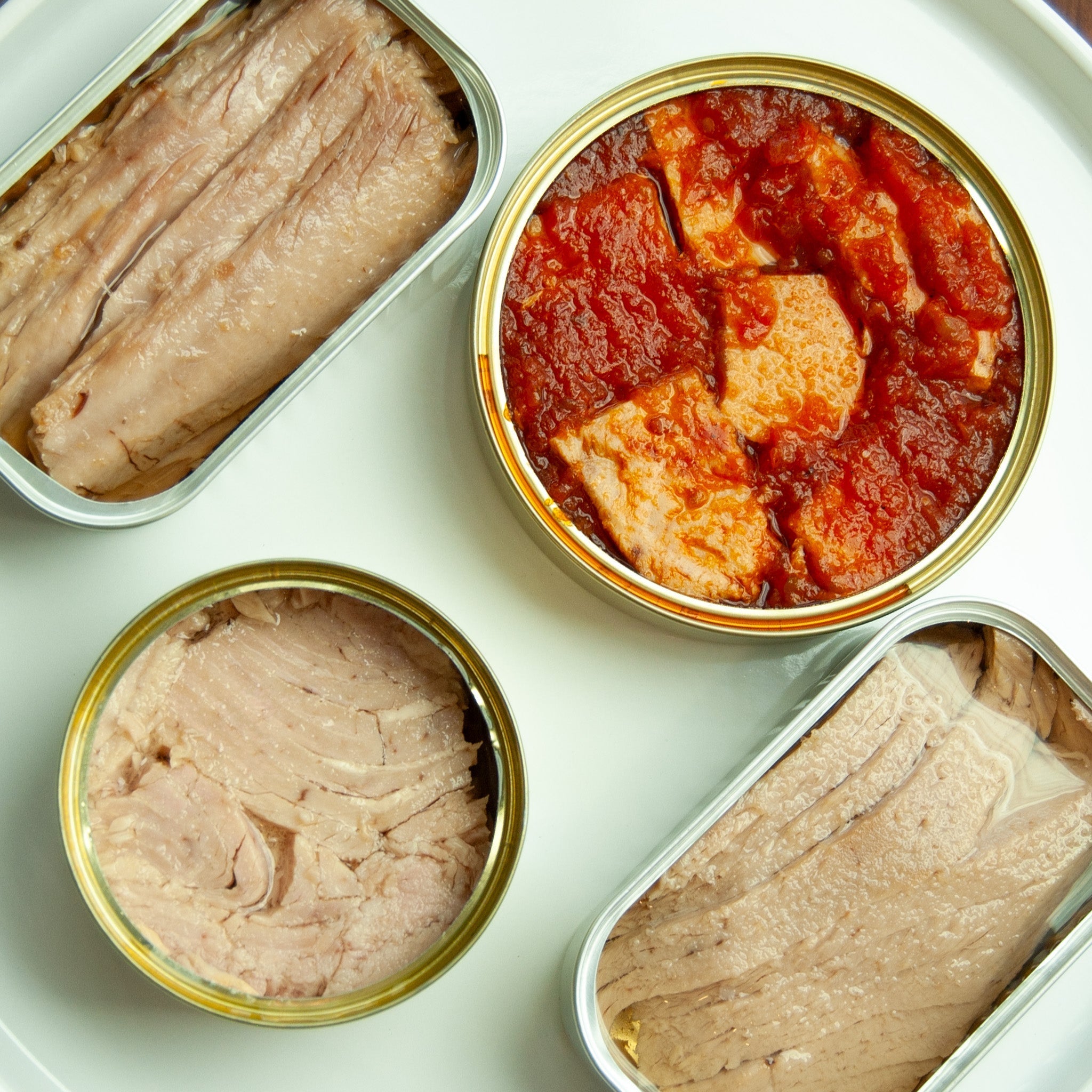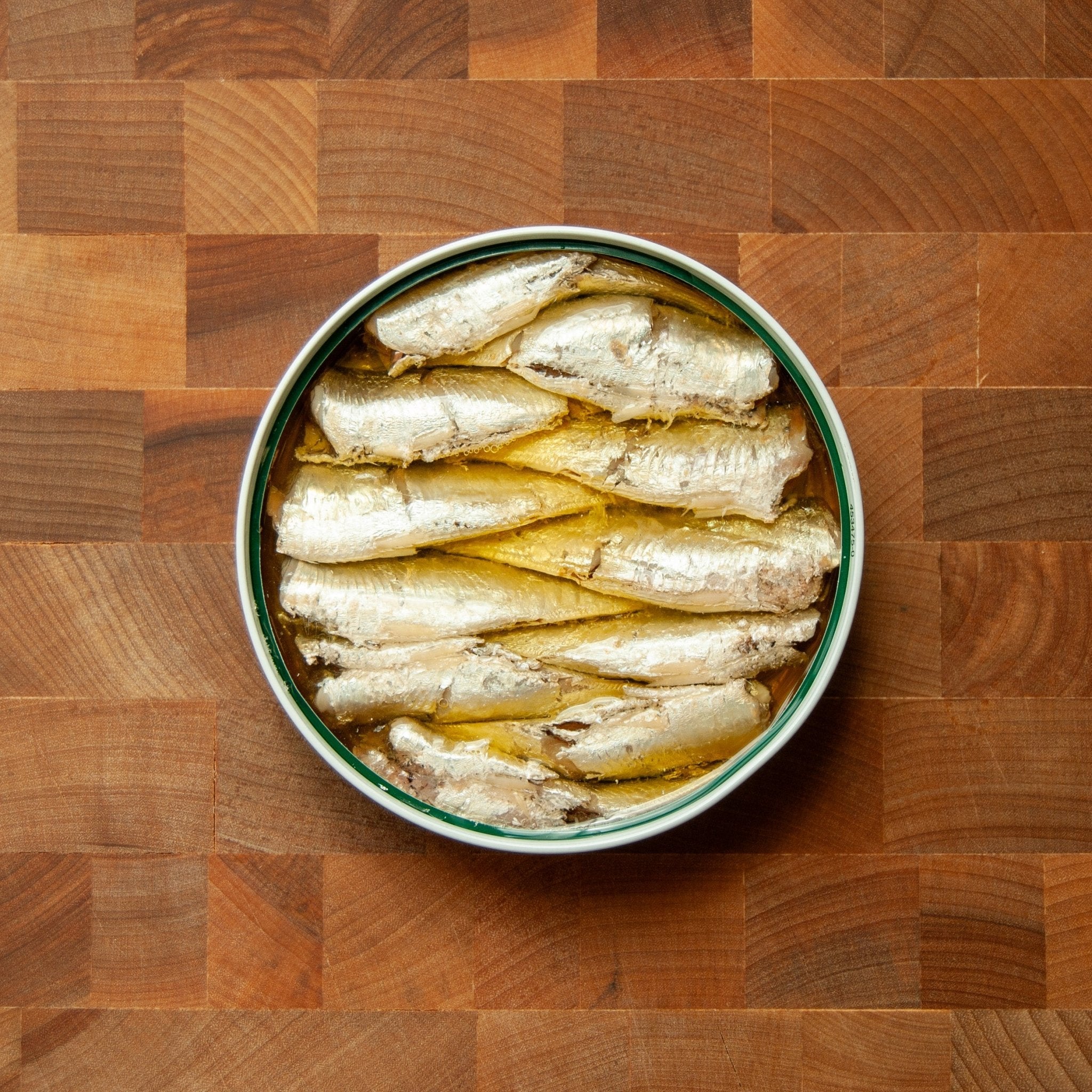Canned tuna is a versatile pantry staple known for its creamy, buttery, salty, and savory flavor. Meanwhile, melt-in-your-mouth tinned tuna belly takes your typical tin of tuna to new heights. Whether you're looking for a quick, protein-packed meal or a gourmet culinary experience, canned tuna from FishNook Tinned Seafood Co offers something for every palate. Our carefully curated selection includes sustainable, wild-caught varieties that bring the best of the ocean to your table.
Nutritional Benefits of Canned Tuna & Tuna Belly
Canned tuna is a lean source of protein, packed with essential omega-3 fatty acids, vitamins, and minerals that promote heart health and brain function. Tuna belly, in particular, is known for its rich flavor and higher fat content, making it a luxurious, indulgent choice while still offering significant health benefits.
Varieties of Canned Tuna
At FishNook, we offer a variety of canned tuna options to suit different tastes and preferences. Our catalog features premium cuts of albacore, skipjack, Bonito del Norte, and Yellowfin, sustainably sourced from the world's best brands. Explore our offerings, including Olasagasti Yellowfin Tuna Belly, La Curiosa Tuna Belly in Pesto Sauce, and Ati Manel Tuna Fillets in Olive Oil.
Best Uses and Recipes for Canned Tuna & Tuna Belly
Canned tuna and tuna belly are incredibly versatile in the kitchen. Try La Curiosa Tuna Belly in Pesto for an immensely decadent treat that's perfect atop some grilled sourdough or create a luxurious Nicoise salad with something a bit more simple like Tuna Fillets from Ati Manel. Tuna belly can also be used in a hand roll format for a quick, gourmet snack.
Why Choose Canned Tuna & Tuna Belly from FishNook Tinned Seafood Co?
At FishNook, we prioritize sustainability, quality, and flavor. Our canned tuna products are wild-caught and sourced from sustainable fisheries, ensuring that you can enjoy high-quality seafood without compromising the health of our oceans. Each tin is carefully selected to provide a rich, flavorful experience, making them ideal for both everyday meals and special occasions.






































